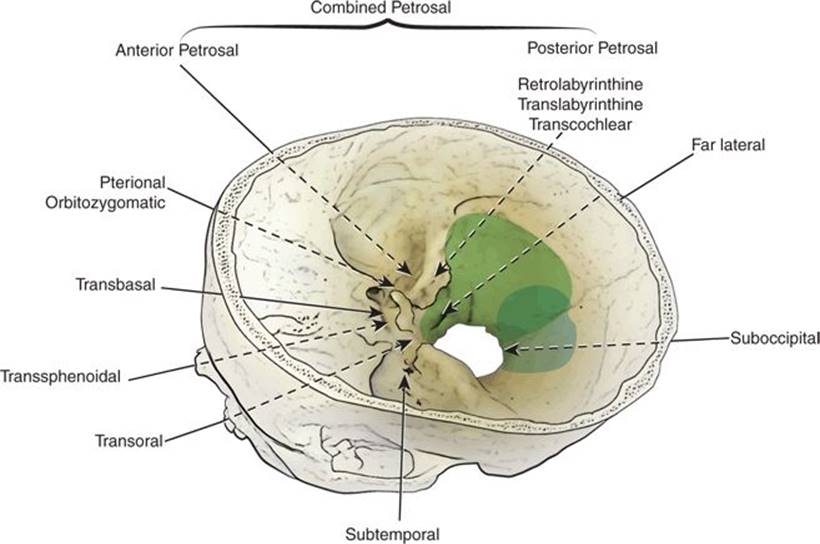| Related Articles |



Comparative analysis of surgical exposure and freedom between the subtonsillar, endoscope-assisted subtonsillar, and far-lateral approaches to the lower clivus: A cadaveric study.
J Clin Neurosci. 2020 Jan 11;:
Authors: Wang M, Chae R, Shehata J, Vigo V, Raygor KP, Tomasi SO, McDermott MW, Abla AA, El-Sayed IH, Rodriguez Rubio R
Abstract
The far-lateral (FL)approach is a classic technique for skull base surgeries involving the lower clivus (LC).Recently, a modified suboccipital midline approach known as the subtonsillar (ST) approach, along with the endoscope-assisted subtonsillar (EST) approach, has been described as a minimally invasive technique to treat LC lesions. However, there is no quantitative study on comparing these approaches together for reaching LC. We aimed to compare surgical exposure and freedom provided by ST, EST, and FL approaches for various targets at LC. These approaches were performed on each side of five cadaveric specimens (total 10 sides), and relevant parameters were quantified and compared using a repeated measures ANOVA test. FL approach yielded the greatest surgical area (237.8 ± 56.0 mm2) and exposure, including lengths of glossopharyngeal nerve (16.2 ± 1.9 mm), hypoglossal nerve (11.4 ± 2.4 mm), vertebral artery (23.9 ± 3.3 mm), followed by EST and ST approaches. For surgical freedom, FL approach provided the greatest angle of attack (90.0 ± 14.0° at jugular foramen, 95.1 ± 15.8° at hypoglossal canal, 83.4 ± 31.4° at bifurcation point of posterior inferior cerebellar artery and vertebral artery). Our systematic comparison suggests that EST approach, compared to ST approach, can significantly increase surgical exposure to the medial side of LC, but FL approach still provides the greatest surgical exposure and freedom at LC. Despite the limitations of a cadaveric study, our quantitative data can update the literature on currently available surgical techniques for reaching LC and better inform preoperative planning in this area. Further studies should be performed to evaluate these approaches in clinical practice.
PMID: 31937496 [PubMed - as supplied by publisher]

Δεν υπάρχουν σχόλια:
Δημοσίευση σχολίου